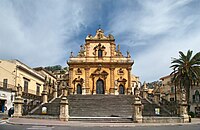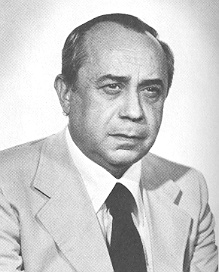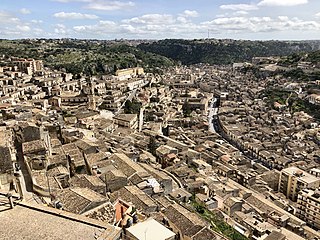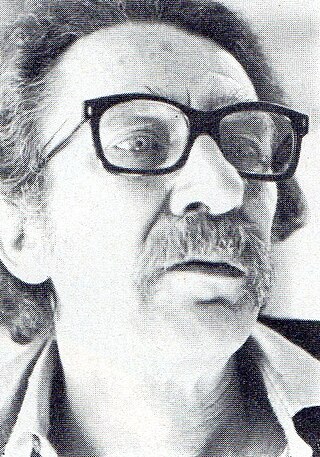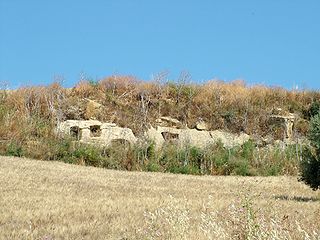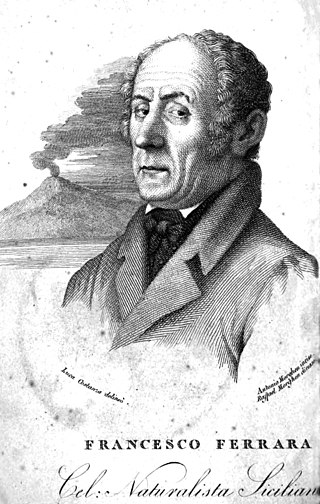History
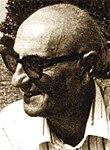
In 1820, Vincenzo Bonajuto died prematurely, leaving ten children and the elder Francesco Ignazio invested the inherited estate in a series of commercial activities. The Bonajuto were, in the first half of the 19th century, ice sellers in the Hyblaean Mountains zone. Some vicissitudes led them to focus on the field of pastry, focused on chocolate. [4] [5]
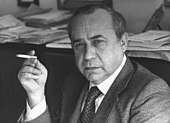
Federico Bonajuto, son of Francesco Ignazio Bonajuto, in 1853 bought a frantoio to crush cacao beans and make the amara dough in his laboratory with the dialectical name "fattojo del ciccolatte", while in 1880 Francesco Bonajuto he founded the current place but with the name of Caffè Roma, a meeting place of socialist inspiration, which became Antica Dolceria Bonajuto in 1992. [4]
Since the beginning of the 90s in Modica, the company has promoted national and international gastronomic tourism, [6] as well as cultural, bringing the chocolate tradition of Modica, dormant in those years, to the glories of the past. [4] [7] Franco Ruta, at the time owner of the chocolate shop, brought Modica chocolate to the fore since the end of the 90s through media appearances, including in a television show hosted by Maurizio Costanzo in 1999, [8] in Omnibus (talk show) in 2002, [9] and made it known internationally. [8]
Throughout the years many illustrious patrons of the chocolate shop have been, among them are: writer, journalist and art critic Leonardo Sciascia, his friend and colleague Gesualdo Bufalino (winner of the Campiello Prize in 1981 and Strega Prize in 1988); [10] the intellectual and writer Raffaele Poidomani, the actor Alessandro Quasimodo, son of the Nobel Prize Modican Salvatore Quasimodo [11] and the historian Giuseppe Barone. [12]
The chocolate shop was also visited by New York Times journalist Raymond Walter Apple Jr. in 1999, [13] then by his trip to Sicily; by Wall Street Journal correspondent Frederika Randall who has lived in Italy since 1986, [14] that in 2002 the American journalist interviewed the owner Franco Ruta at the Corso Umberto I, [15] and Lucinda Hawksley who wrote an article for BBC News. [1]
